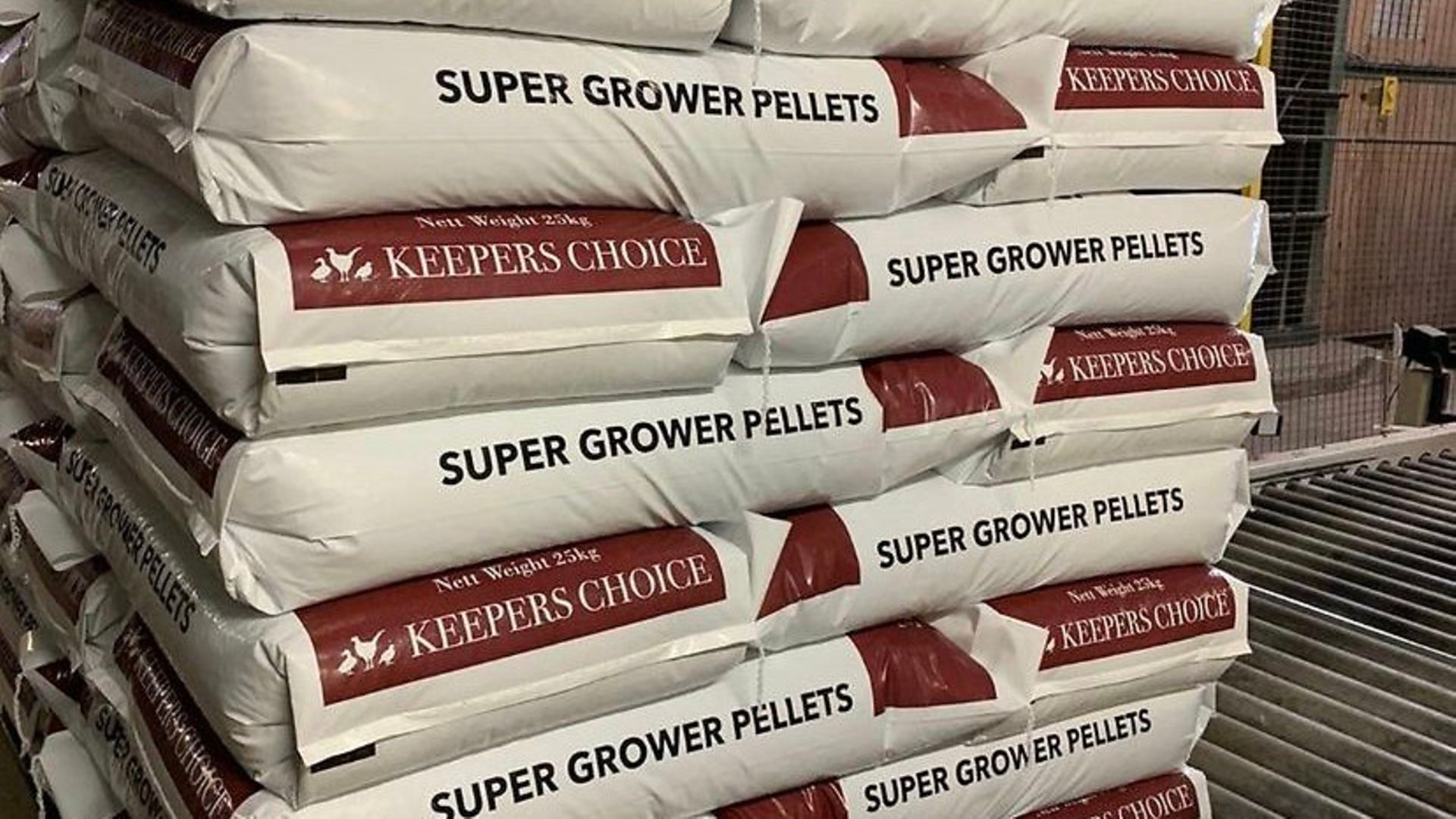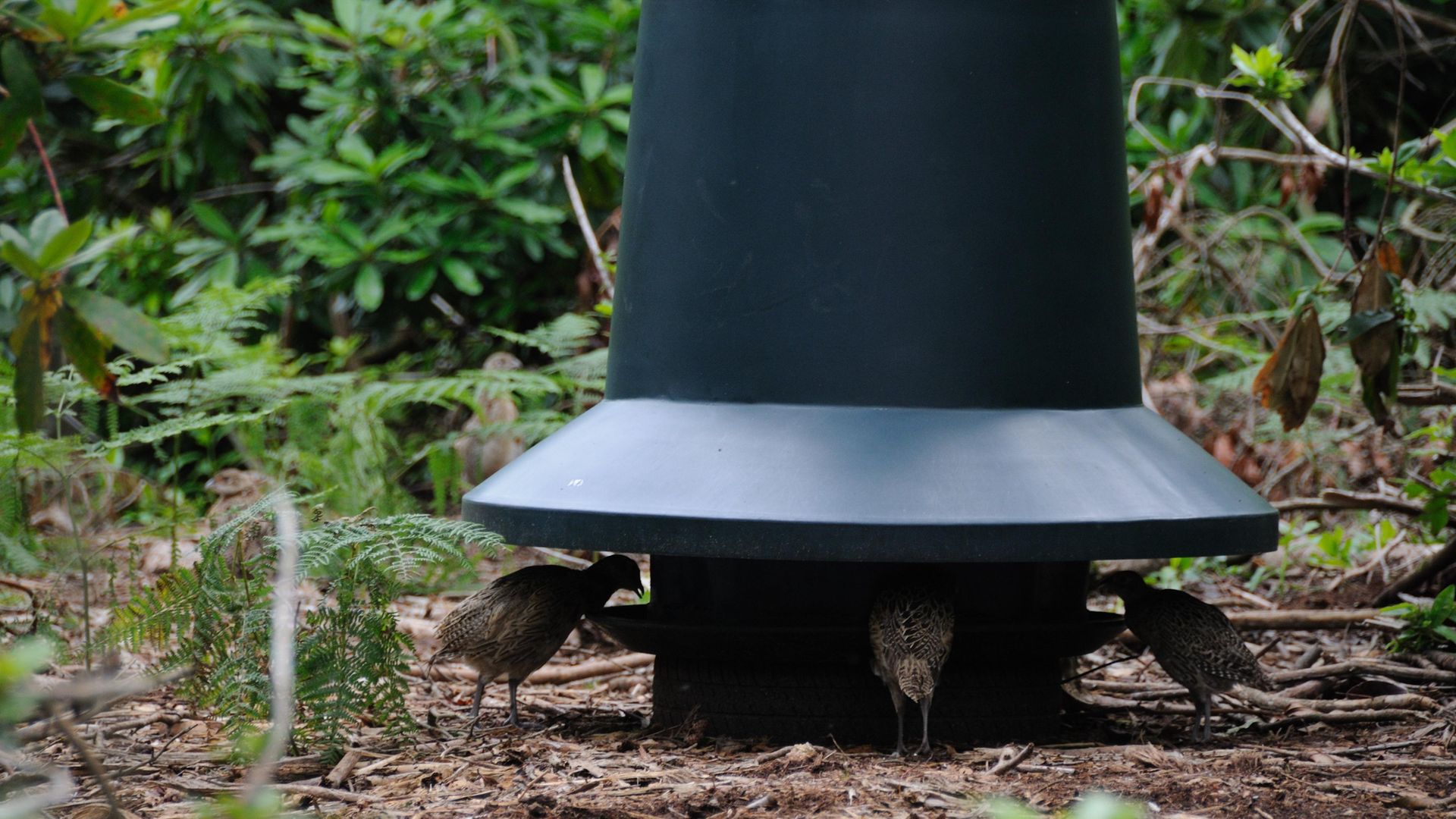With the rising costs of game feed, how do you choose the right diet for your birds? Richard Leach offers some pointers and warns against simply choosing the cheapest option
With game feed costs rising this season, some manufacturers appear to have increased prices more than others. Does this mean shoot managers should shop around for the best price, or take a closer look at the label?
Is cheaper always better?
The label is a good place to start, and even more so when marked price disparities exist between seemingly similar rations. However, even when two labels are comparable and your current ration a little more expensive, it is advisable to think twice before jumping ship. A value needs to be placed on performance and service, and if these are being satisfied by current arrangements, change might present a risk that’s best avoided.
This year has seen an increase in raw material prices across the board, particularly so for proteins; and the danger exists that those who hold the purse strings might be tempted by lower diet specifications to balance the books. Far from an act of prudence, such a move could jeopardise the well-being of the birds and the shoot itself. And although a lower-specification diet may get you through in a good year, there is the growing risk of heatwaves – a two-in-every-five-year occurrence over the last decade.
Game feed, particularly for young birds, has to cater for the eventuality of a heatwave every year. In high temperatures, feed intake can be significantly reduced – during really hot spells by as much as 10%. A well-specified ration will do its job every year; a lesser-specified ration will not. Fail to uphold high nutritional standards and birds will lose body condition, with the financial drain of lagging birds being the consequence.
 credit: Archant
credit: Archant
The first few weeks are crucial
And it’s not just the underlying declaration on the label that matters, it’s the actual ingredients used. In the first weeks, the diet needs to demonstrate it can supply the full nutrient value declared on the label. Normally, at this early phase, it would be expected for 60% plus of the ration to comprise primary ingredients such as wheat and soya. Diets fed in the first two weeks influence skeletal development, the risk of feather pecking, and plumage quality. An over-reliance on low-feed byproducts can give the impression that protein levels are higher than is practically the case because less of the nutrient is available to the bird on intake.
Gamekeepers, unlike commercial poultry producers, have limited control over the birds’ environment in the first six to seven weeks, and almost no control thereafter when they are released from their pens. This gives greater exposure to the elements, so a plane of nutrition commensurate with the environment and stage of development is one of the best sureties against ailing birds.
Apart from ensuring the presence of prerequisite vitamins and minerals – calcium, phosphorus and vitamins D and E – formulators who are serious about their work should have good supply channels and access to a wide range of feed ingredients. Dependence on just a narrow band of materials will undermine the validity of growing stock.
 credit: Getty Images/Ingram Publishing
credit: Getty Images/Ingram Publishing
Low energy = higher consumption
When consumption is low, feed must be designed to maximise nutritional intake so as to permit the natural development of the bird. Check your feed supplier has a policy of buying raw materials based on nutrient spec. to include bushel weight and dry matter. Low-energy feeds initiate high intakes – birds will eat more and overall costs will be higher.
For example, energy content of the feed influences feed intake; and as energy content increases, feed intake will reduce as the bird meets its energy requirement. A low-energy feed will be cheaper than a high-energy feed. Subtle changes in energy levels could save a considerable amount of money – in some diets up to £20 per tonne – but the birds will eat more, meaning that overall feed cost is likely to be higher.
Similarly, crude protein content needs to comprise high-grade ingredients to realise the desired levels of digestible amino acids. If this is not achieved, part of the nutrition will be wasted and there will be a nutritional cost to the bird, which could result in increased feed intake without any benefit to the birds.
Also, the physical characteristics and palatability of the feed is important; a good-quality crumb or pellet that is attractive can help maximise nutrient intake and drive the bird on – something that is of heightened significance among young birds when intakes are low.
Healthy, happy birds are the goal!
The challenge for game is every bit as great as high-end commercial poultry production where feeds must promote gut health by helping reduce bacterial contamination.
The benefits of all this are healthy birds, high welfare and less mortality. As our sport comes more under the spotlight, bird welfare is perhaps the single biggest issue on which we will be scrutinised. Providing the correct plane of nutrition is fundamental to this end; and it also helps ensure we have a product more readily sold into the food chain, which will play a significant role in how our sector is portrayed to the outside world in the years to come.
From the gamekeeper’s day-to-day perspective, sound nutrition makes for smoother management, better shooting and improved commercial returns.